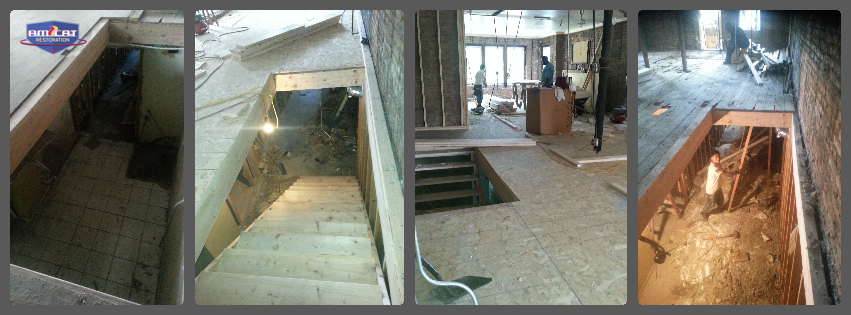
BASEMENT STAIRCASE INSTALLATION
Am-cats Team Carpentry will assist in the multiple day project costing $450 a day with 2 labors, stair case projects can last up to 1-4 days depending on how many stairs.
Am-cat’s Basement Staircase installation makes sure that it’s secure properly and has a stable railing system for the stairs we recommend adding some non-slip strips on the basement stairs, proper lighting is essential on the staircase and removing any carpet runners that are old and aren’t attached properly to the stairs. Basement stair walls can be load-bearing, especially since they are located in the basement that is under the house, so it is common for them to receive the weight above the house. building code dictates that interior stairs have a rise no greater than 7 ¾” and a run of no less than 10”. A set of stairs with a run of less than 10” can also make stairs seem “steep” even if the rise is normal. Stairs are steep in old houses because building codes used to be more lenient.
A stair at a 45-degree angle is not allowed by code due to the maximum riser and minimum tread standards. The maximum riser allowed by the International Residential Code (IRC) is 7-3/4”, but a 7-3/4” tread is smaller than the minimum tread depth of 10”. New treads and risers usually cost about $1,800 to $2,500. New 2 X 12 stair liners usually cost about $1,200 to $1,600. A complete makeover including treads, risers, balusters, a handrail, and newel posts usually costs $4,000 to $8,000. (This is for standard-size staircases; larger or oddly shaped staircases will cost far more.)
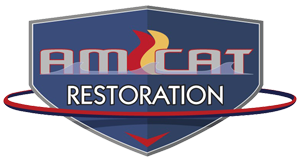

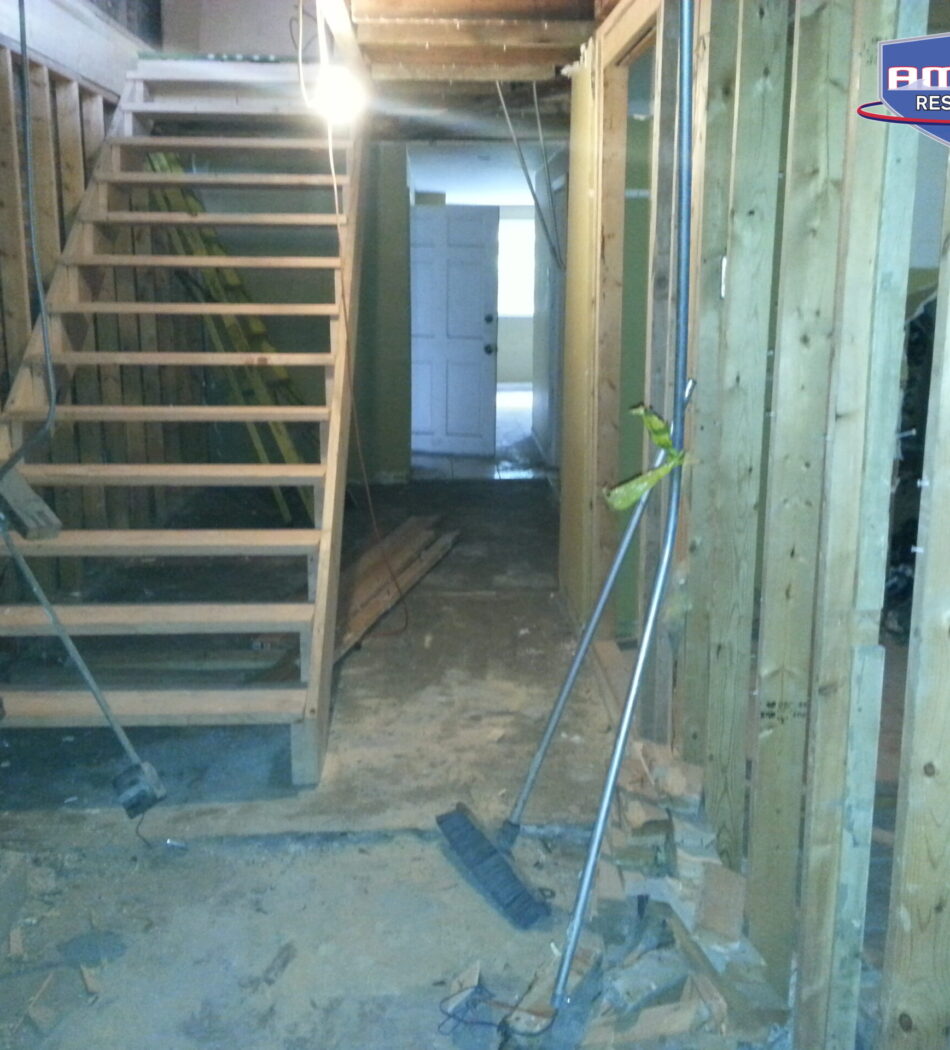
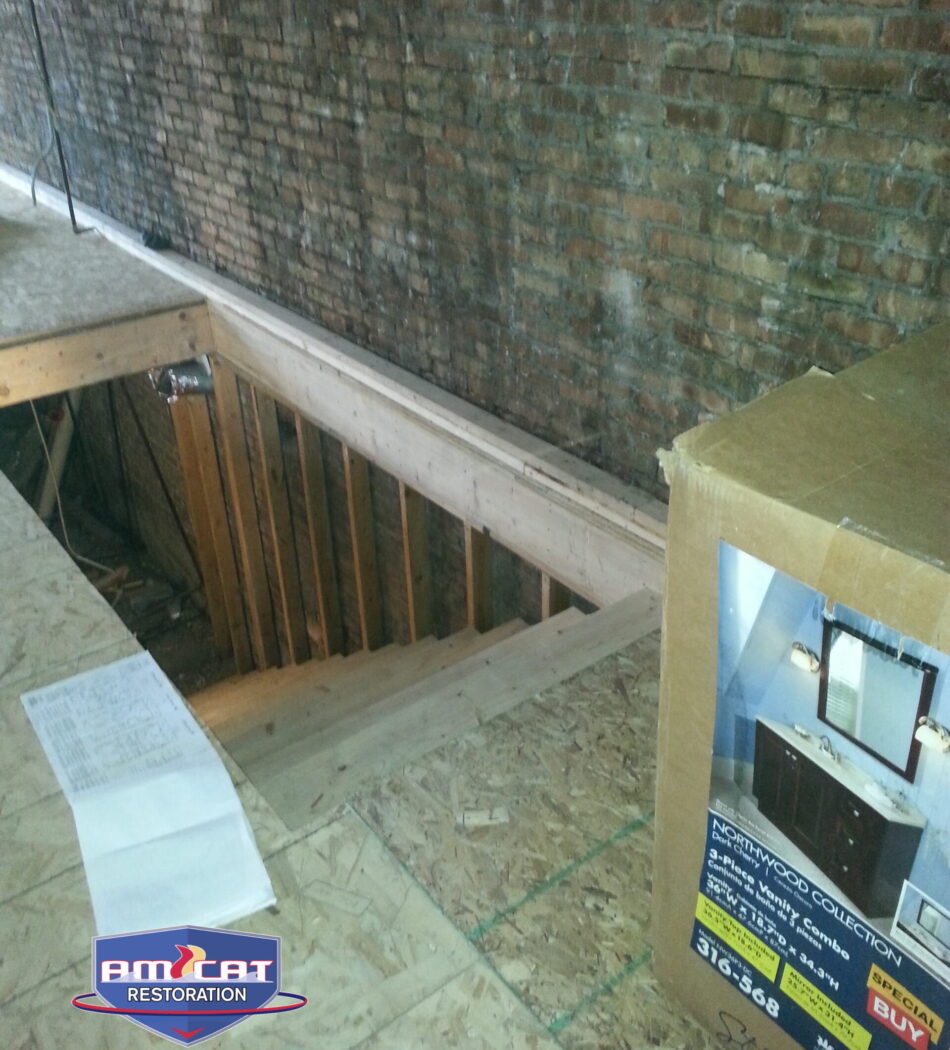
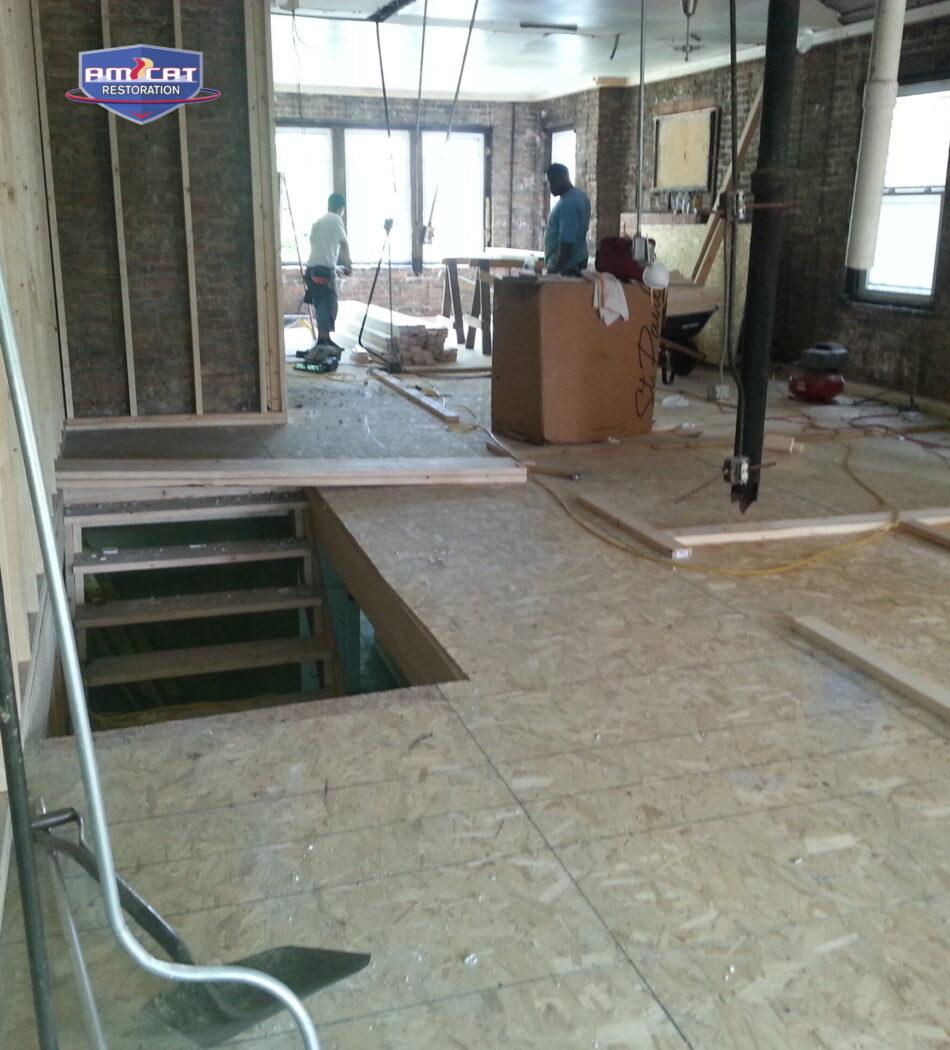


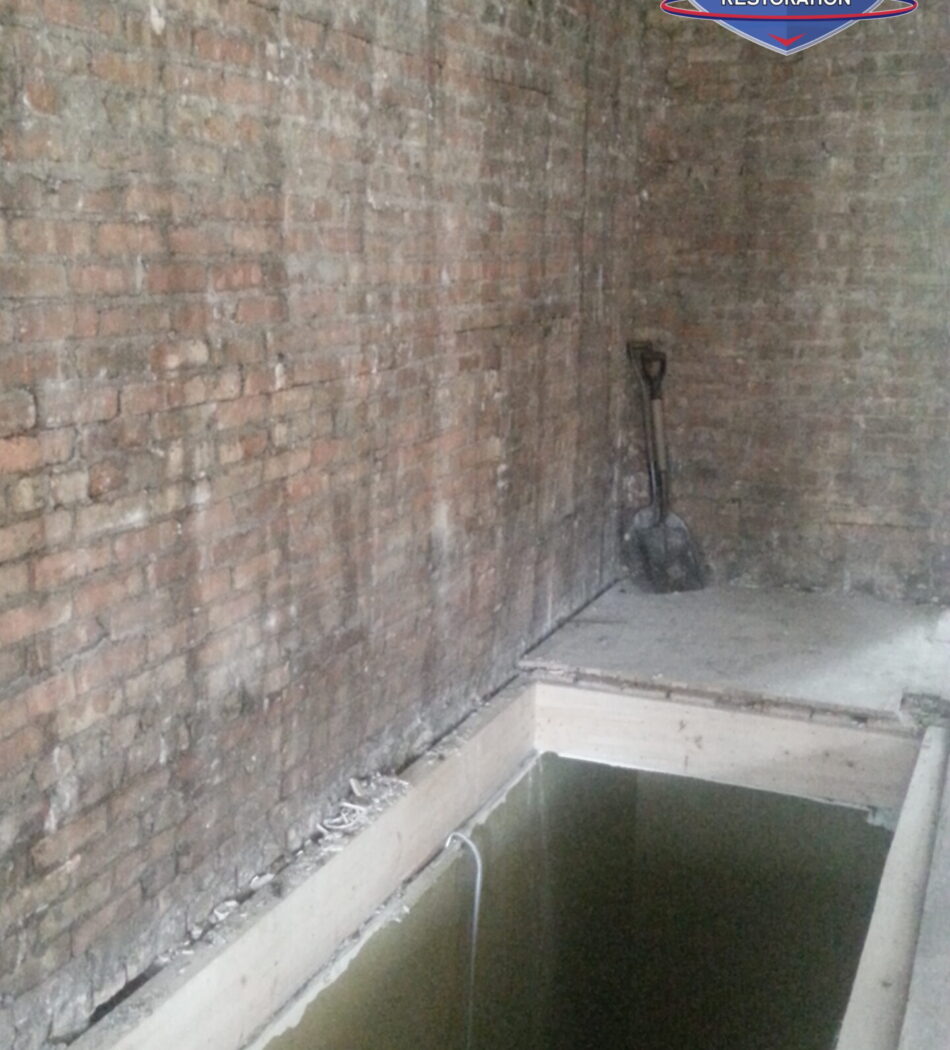
Reviews
There are no reviews yet.